Despite Bumps, Downtown Manhattan Keeps Rising
Looking ahead to the 10th anniversary of the Sept. 11, 2001, terrorist attacks, a wide variety of experts took the occasion to cite both encouraging trends and unresolved challenges during a conference held near Ground Zero.
June 14, 2011
By Paul Rosta, Senior Editor
Looking ahead to the 10th anniversary of the Sept. 11, 2001, terrorist attacks, a wide variety of experts took the occasion to cite both encouraging trends and unresolved challenges during a conference held near Ground Zero on Tuesday morning.
Sponsored by New York University’s Schack Institute of Real Estate and Silverstein Properties Inc., the symposium took place at Silverstein’s 7 World Trade Center, only steps away from the 16-acre construction site. In a vigorous conversation with Schack Institute dean James Stuckey, developer Larry Silverstein sketched the revitalized district’s future: 10 million square feet of state-of-the-art office space by 2016; a signature transit designed by architect Santiago Calatrava, and 500,000 square feet of destination retail. “People just don’t quite appreciate the magnitude of what’s coming,” Silverstein said.
Panelists cited such milestones as last month’s 1 million-square-foot lease by Conde Nast at One World Trade Center, the planned September opening of the National September 11 Memorial & Museum and the rise of 4 World Trade Center’s framework above the 30-story level. The area’s population has doubled to 56,000 since the terrorist attacks, but several panelists noted that the community is underserved by retail. Still, projects like Brookfield Office Properties’ planned overhaul of the retail portion at the nearby World Financial Center will help bridge that gap.
Julie Menin, a civic activist and chair of the local community board, touted an influx of young families attracted by Downtown’s schools. But she also argued for a mixed-use development—possibly a combination of hotel, residential and retail—on the site formerly occupied by the Deutsche Bank building. And she expressed concerns that the involvement of an alphabet soup of public agencies had slowed redevelopment. Carl Weisbrod , a veteran executive who heads the Schack Institute’s new global development program, offered a different perspective. ”Ten years is a very short time for a major urban development program,” said Weisbrod, who previously oversaw the real estate portfolio of Downtown Manhattan’s venerable Trinity Church.
Speakers also addressed the market impact of the 10 million square feet in the pipeline, insisting that the additional space would not result in a glut of inventory. “I’m telling you that this will not even come close” to meeting the demand, said Steve Siegel, chairman of global brokerage for CB Richard Ellis Group Inc. “These buildings are desperately needed.” A prominent Lower Manhattan office tenant suggested that the towers will be essential to help New York City stay competitive: “If we don’t have the quality of space that is available to businesses like ourselves, we are at a disadvantage,” contended Alan Scott, managing director & head of CRES Americas for Deutsche Bank Securities Inc.

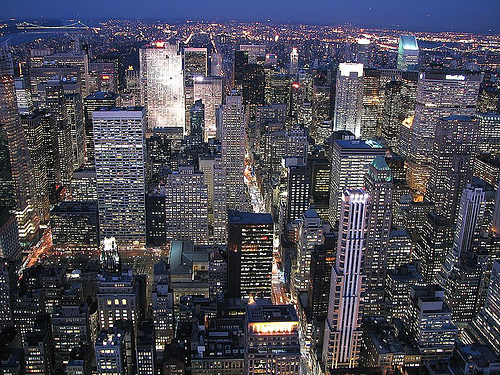
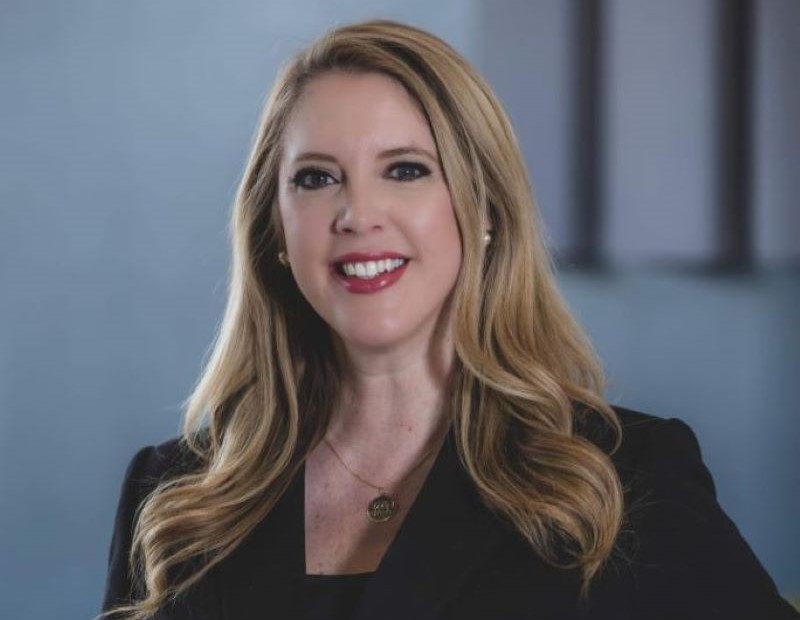
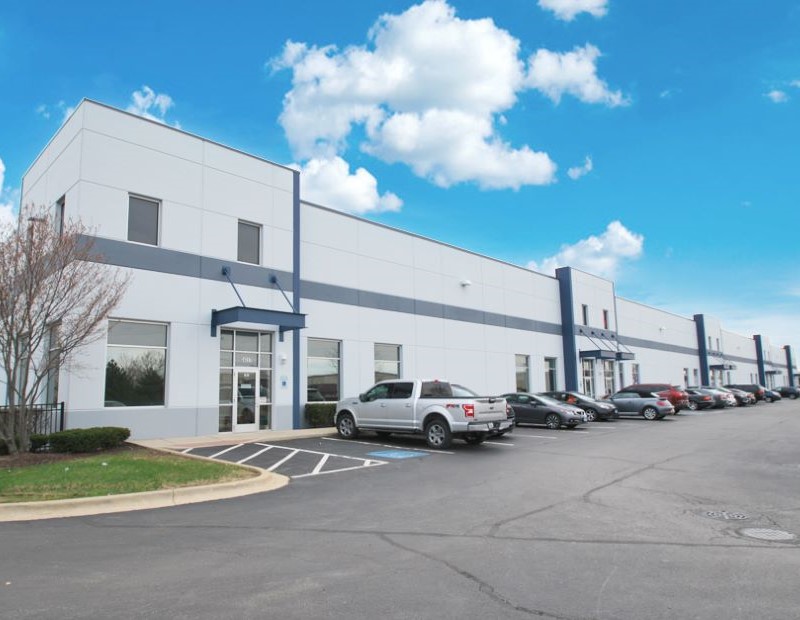
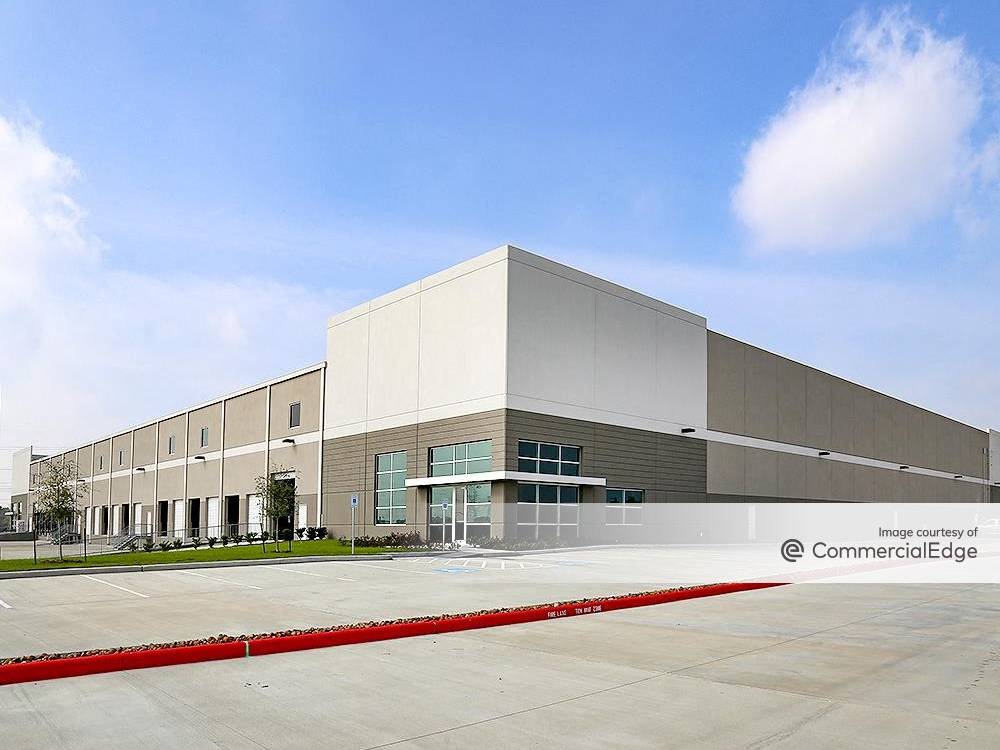
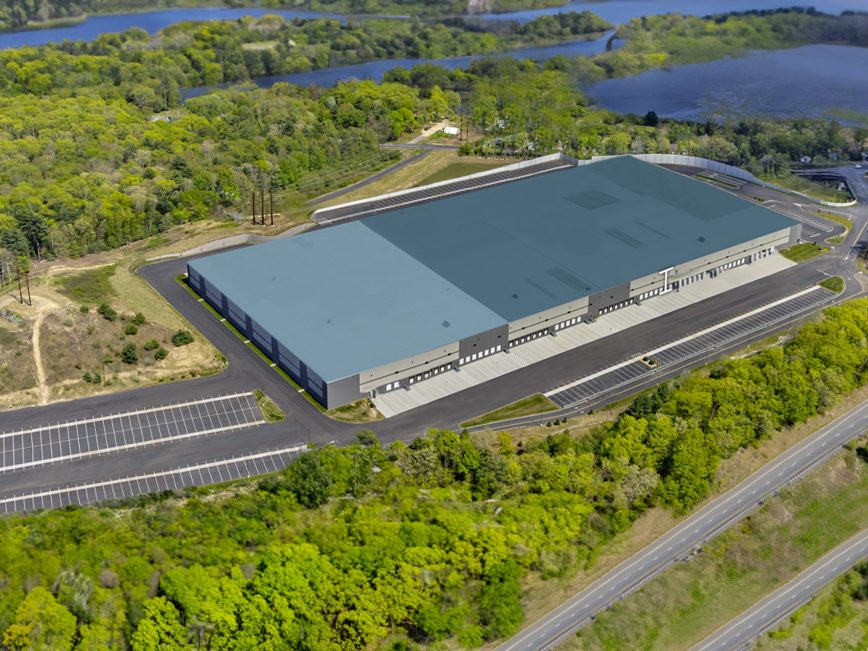

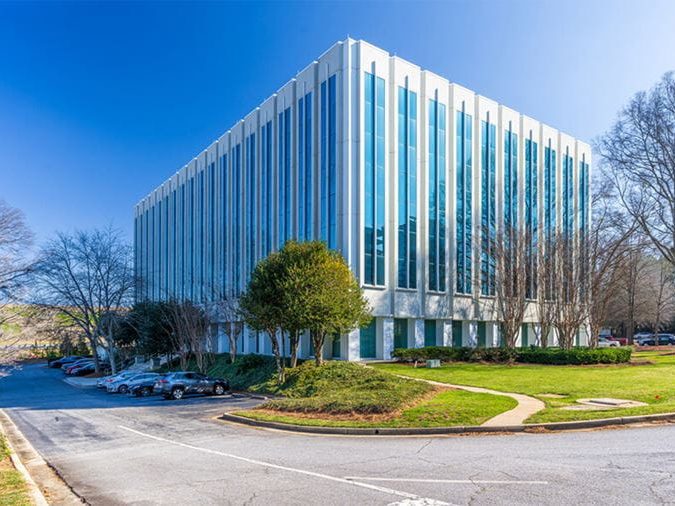
You must be logged in to post a comment.